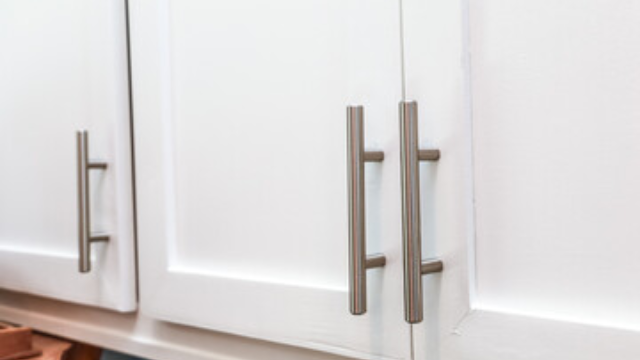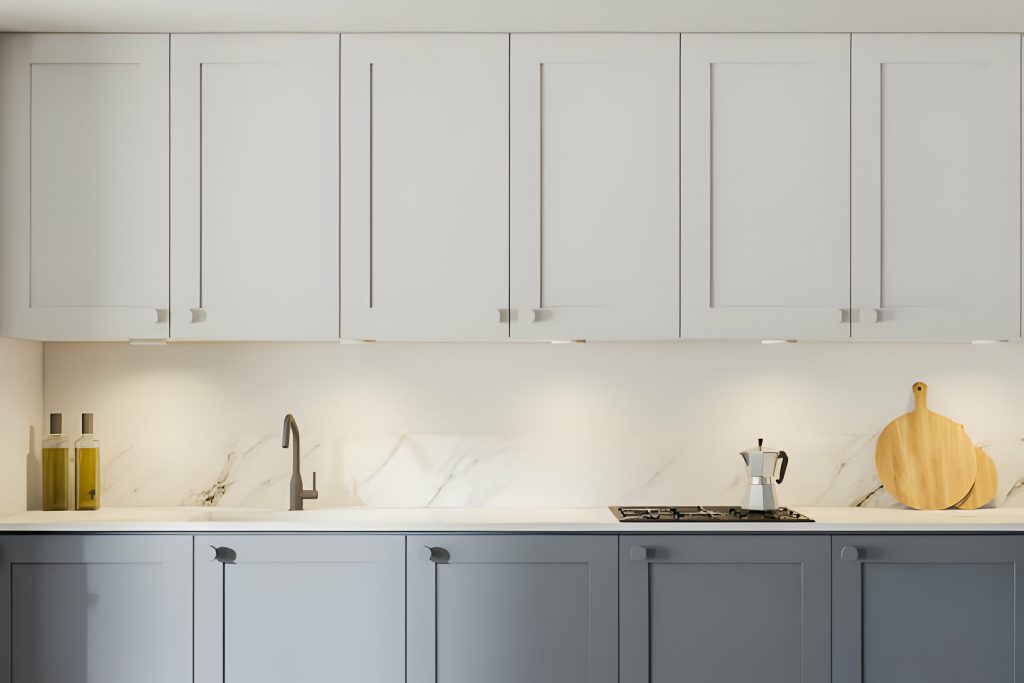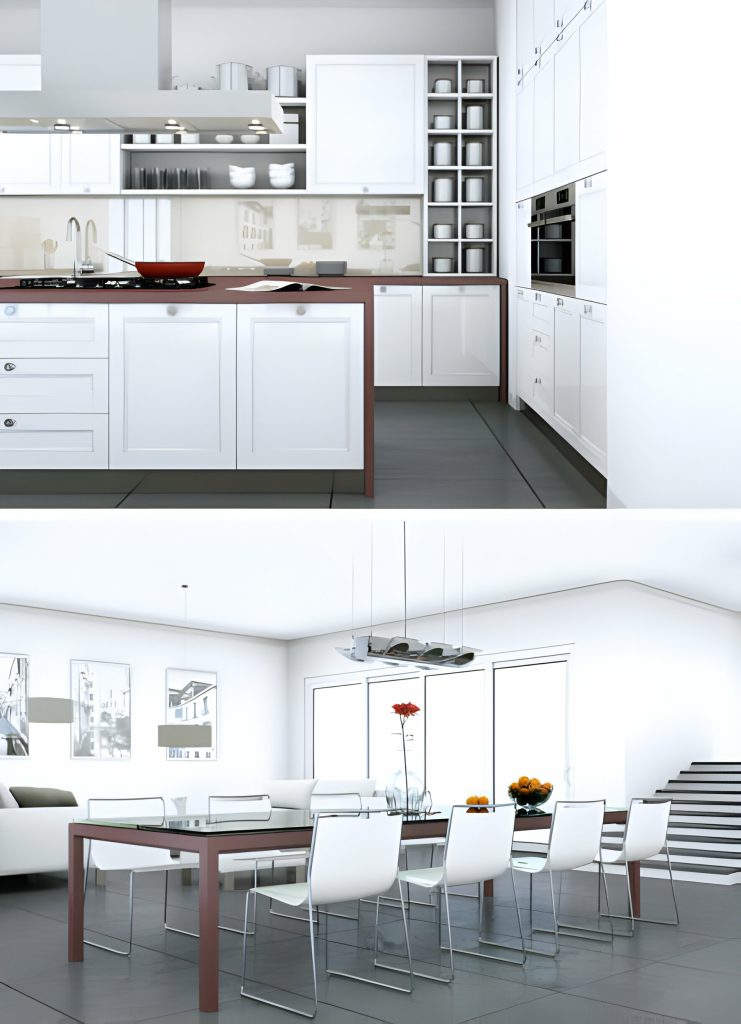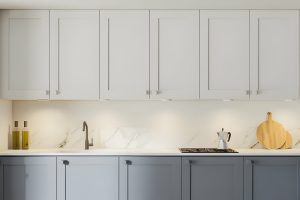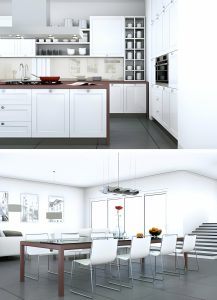Are you looking to upgrade your kitchen cabinets but unsure of the different types available? Look no further! In this article, we’ll break down the four main types of kitchen cabinets: base cabinets, wall cabinets, tall cabinets, and specialty cabinets. With this information, you’ll be able to make an informed decision about which cabinets will best suit your needs and maximize the storage space in your kitchen. Let’s dive in and explore these options together!
Base Cabinets
Base cabinets are an essential component of any functional kitchen, providing ample storage space for your cookware and other kitchen essentials. When it comes to base cabinet sizes, they typically range from 9 to 36 inches in width, with 3-inch increments in between. This allows for flexibility in designing your kitchen layout and accommodating different storage needs. Whether you have a small kitchen or a spacious one, there is a base cabinet size that will fit perfectly.
In terms of base cabinet materials, there are several options to choose from. Wood is a popular choice due to its durability and natural beauty. It can be stained or painted to match your kitchen decor. Another common material is plywood, which offers strength and stability. Laminate and thermofoil are also used for base cabinets, providing a cost-effective and low-maintenance option. These materials are resistant to moisture, making them suitable for kitchens.
When selecting base cabinets for your kitchen, consider the available space and your storage requirements. By choosing the right size and material, you can ensure that your base cabinets not only enhance the functionality of your kitchen but also contribute to its overall aesthetic appeal.
Wall Cabinets
To maximize storage space and create a cohesive design in your kitchen, consider incorporating wall cabinets. Wall cabinets are a popular choice for many homeowners due to their ability to efficiently use vertical space and provide ample storage. There are several types of wall cabinets that you can choose from based on your needs and preferences.
One type of wall cabinet is the standard wall cabinet. These cabinets are typically 12 inches deep and come in various widths, ranging from 12 to 36 inches. They are great for storing items that you frequently use in the kitchen, such as dishes, glasses, and cookbooks.
Another type is the corner wall cabinet, which is designed to fit into the corner of your kitchen. These cabinets are a smart solution for utilizing space that would otherwise be wasted. They often have a unique shape, with one door opening towards the right and the other towards the left, allowing for easy access to the contents inside.
Pros of wall cabinets include their ability to maximize storage space, keeping your kitchen organized and clutter-free. They also provide easy access to items, making it convenient to grab what you need while cooking. However, there are a few cons to consider as well. Wall cabinets can make a kitchen feel smaller and darker if not properly balanced with other elements. Additionally, they may be more challenging to reach for shorter individuals or those with mobility limitations.
Tall Cabinets
Moving on from wall cabinets, let’s now delve into the realm of tall cabinets. Tall cabinets are space-saving solutions that provide ample storage and are perfect for organizing your pantry. These cabinets are typically floor-to-ceiling in height and offer a variety of storage options.
One common type of tall cabinet is the pantry cabinet. This cabinet is designed specifically for storing food items and kitchen essentials. It features shelves that can be adjusted to accommodate different sizes of items, making it easy to keep your pantry organized and accessible.
Another type of tall cabinet is the utility cabinet. This cabinet is versatile and can be used to store a wide range of items, such as cleaning supplies, small appliances, and even extra dishes. It often includes a combination of shelves and drawers, providing flexible storage options to suit your needs.
Tall cabinets are also available in a variety of styles and finishes, allowing you to choose one that complements your kitchen decor. Whether you prefer a traditional look or a more contemporary design, there is a tall cabinet that will fit your aesthetic.
Specialty Cabinets
Now let’s explore the realm of specialty cabinets, which offer unique storage solutions for specific needs in your kitchen. Custom cabinets are one type of specialty cabinet that can be tailored to fit your kitchen’s layout and design. With custom cabinets, you have the freedom to choose the dimensions, materials, and finishes that best suit your style and storage needs. This allows you to maximize the functionality and aesthetics of your kitchen.
Another type of specialty cabinet is the corner cabinet. As the name suggests, corner cabinets are designed to make use of the often underutilized corner space in your kitchen. These cabinets are typically L-shaped and feature rotating shelves or Lazy Susans, allowing you to easily access items stored in the back corners. This clever design makes corner cabinets a great solution for maximizing storage in small kitchens or for organizing bulky kitchen items such as pots and pans.
Specialty cabinets provide innovative solutions to common kitchen storage challenges. Whether you opt for custom cabinets or corner cabinets, these specialty options can help you make the most of your kitchen space while adding a touch of personalization. Explore the wide range of specialty cabinet options available to find the perfect storage solution for your kitchen.
